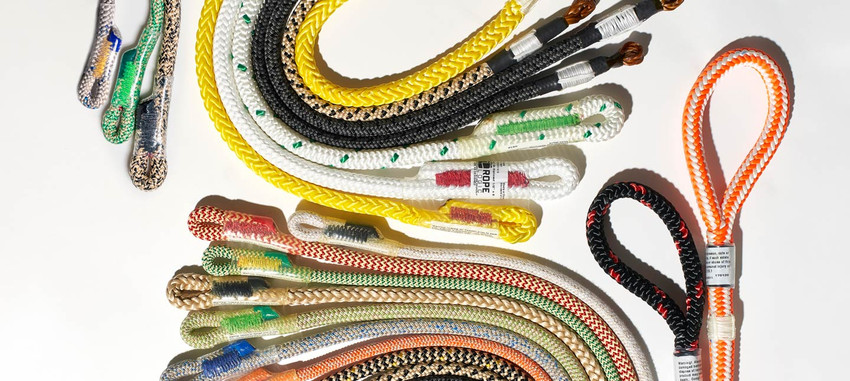A Tale of Two Tails: Which is best for your climbing style
Sherrilltree Jan 20th 2023Single-Eye-Tails
The single-eye split tail is similar to the traditional system, but it allows the system to be redirected around branches without untying the hitch, and it allows the friction to be isolated on the replaceable split tail. Quickly and safely unclip the climbing line’s end (for redirecting to another crotch) while the split tail remains tied to the host line-eliminating the risk of dropping your lifeline to the ground. A split-tail eliminates the need to cut off the end of your favorite climbing line due to friction wear from the hitch.
If you are not using a split-tail in your climbing system, check out the options available at Sherrilltree and increase production and efficiency.
Eye-and-Eye-Tails
Eye-and-eye tails are used to create a “closed system”, resulting in a finished friction hitch with both ends attached to the connector instead of one hanging loose, like with a traditional system. The eye-and-eye tail also allows the use of many different hitches that are easily learned with great performance. By utilizing both ends of the of an eye-and-eye, friction is more evenly distributed creating more consistent friction. Incorporating a fair lead pulley enhances this system and allows for one handed slack tending.
As always, practice low and slow when you make any changes to your climbing system.

